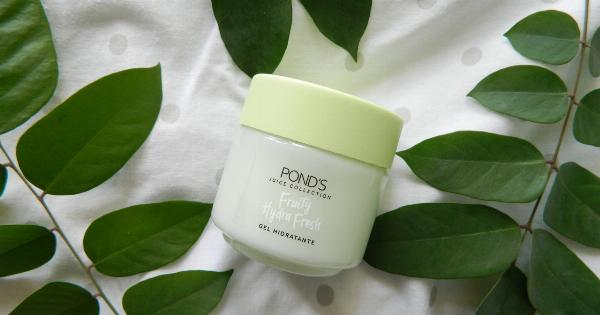Having oily skin can be a constant battle, but with the right skincare routine and some helpful tips, you can effectively manage and control excessive oil production.
In this ultimate guide, we’ll explore the top 4 tips for dealing with oily skin, providing you with the necessary tools to achieve a healthy, shine-free complexion.
1. Cleanse Properly
The foundation of any skincare routine, especially for individuals with oily skin, is a proper cleansing routine.
However, it’s important to choose the right products and techniques to avoid stripping your skin of essential oils and causing it to produce even more oil.
When cleansing oily skin, opt for a gentle, oil-free cleanser that effectively removes dirt, oil, and impurities without leaving the skin feeling dry or tight.
Look for cleansers that contain ingredients such as salicylic acid or tea tree oil, known for their ability to control oil production and prevent breakouts.
To cleanse properly, wet your face with lukewarm water and apply a small amount of cleanser to your fingertips.
Gently massage the cleanser onto your skin using upward circular motions, focusing on areas that are prone to oiliness, such as the T-zone (forehead, nose, and chin). Rinse thoroughly and pat your skin dry with a clean towel.
2. Exfoliate Regularly
Exfoliation is a crucial step in controlling oily skin as it helps remove dead skin cells, unclog pores, and prevent the buildup of excess oil. By exfoliating regularly, you can promote cell turnover, revealing fresher, healthier-looking skin.
When choosing an exfoliator, opt for products that contain gentle exfoliating agents like alpha hydroxy acids (AHAs) or beta hydroxy acids (BHAs).
AHAs help remove dead skin cells from the surface of the skin, while BHAs penetrate deeper into the pores, effectively unclogging them.
It’s essential to exfoliate oily skin no more than twice a week to avoid overstimulating oil production. Use a gentle, circular motion to apply the exfoliator to your face, paying extra attention to areas that tend to be oilier.
Rinse thoroughly and follow up with a lightweight moisturizer to keep your skin hydrated.
3. Control Oil with a Toner
A toner is a valuable addition to any skincare routine for individuals with oily skin as it helps remove excess oil, tighten pores, and balance the skin’s pH levels.
When choosing a toner, look for oil-free formulas that contain ingredients such as witch hazel or rosewater, known for their astringent properties.
After cleansing your face, apply a small amount of toner to a cotton pad and gently swipe it across your skin, focusing on areas that are prone to oiliness. This will help remove any leftover impurities while controlling oil production.
Avoid toners containing alcohol, as they can be overly drying and lead to increased oil production.
4. Hydrate with an Oil-Free Moisturizer
Contrary to popular belief, even oily skin requires moisturization. Moisturizing your skin helps maintain its natural hydration levels, preventing it from overcompensating for lack of moisture by producing more oil.
When selecting a moisturizer for oily skin, opt for oil-free, non-comedogenic formulas that won’t clog your pores.
Look for lightweight gels or lotions that contain ingredients like hyaluronic acid, which provides hydration without adding excess oil to the skin.
After cleansing and toning, apply a small amount of moisturizer to your face and gently massage it in using upward strokes. Allow the moisturizer to absorb fully before applying any makeup or SPF.
Say Goodbye to Oily Skin!
By following these top 4 tips for dealing with oily skin, you can take control of your skin’s oil production and achieve a shine-free complexion.
Consistency is key, so make sure to incorporate these practices into your daily skincare routine and monitor the results.
Remember, everyone’s skin is unique, so it may take some trial and error to find the perfect routine and products for your oily skin.
Consulting with a dermatologist can also provide personalized advice and recommendations to help you achieve your skincare goals.


























